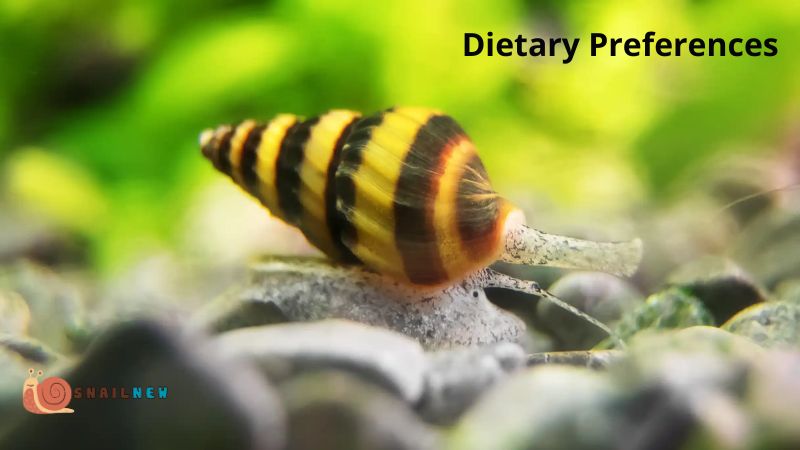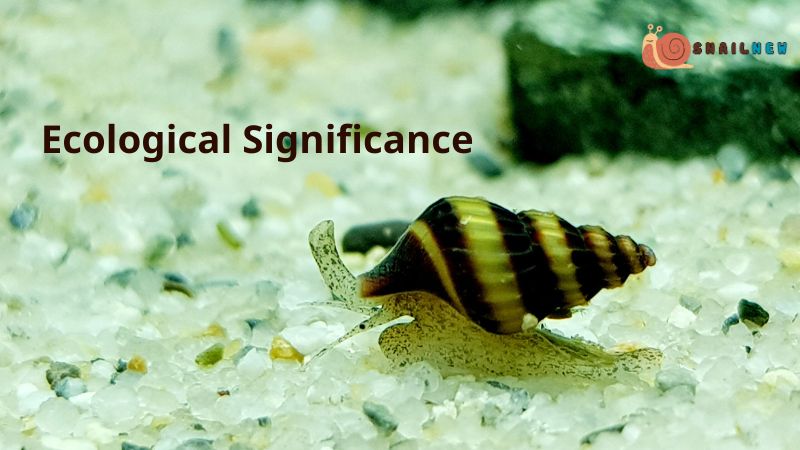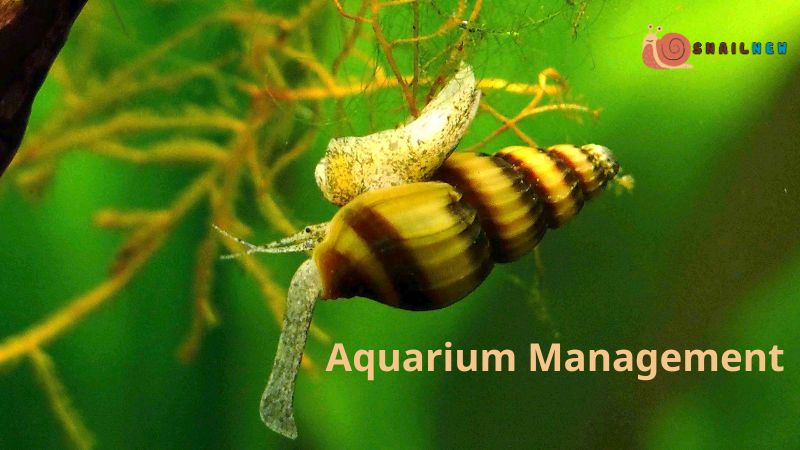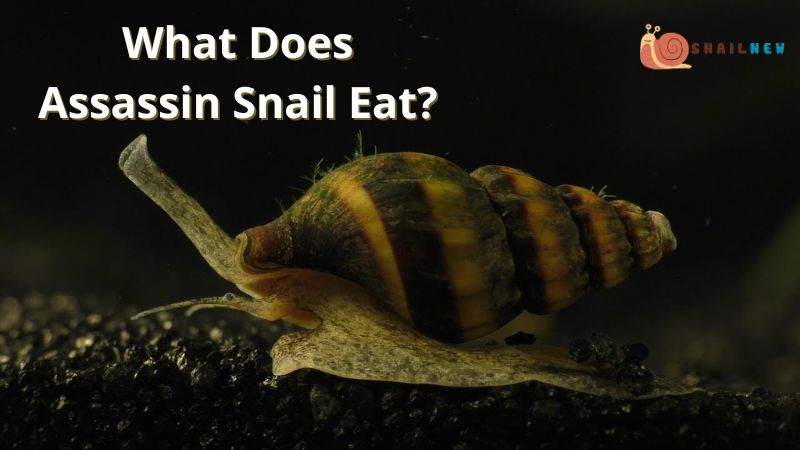In the intricate ecosystem of aquariums, where life teems in miniature landscapes, one creature stands out as both predator and curator—the Assassin Snail, scientifically known as Clea helena. While its name may evoke images of clandestine operations, its role is far from covert. Renowned for its prowess in controlling snail populations, the Assassin Snail reigns supreme in aquatic environments, armed with an insatiable appetite for its shelled counterparts. But what does Assassin Snail eat, and how does it maintain its ecological balance? Let’s Snailnew delve into the culinary preferences and ecological significance of this fascinating gastropod.
Table of Contents
ToggleAnatomy and Behavior:
Before exploring its diet, understanding the anatomy and behavior of the Assassin Snail unveils insights into its predatory prowess. This snail species boasts a sleek, elongated shell with yellowish-brown spirals, camouflaging seamlessly amidst aquatic substrates. Its mobility is facilitated by a muscular foot, while a pair of tentacles crowned with eyes aid in sensory perception.
Intriguingly, the Assassin Snail exhibits carnivorous tendencies, a rarity among snails. While some snails graze on algae or detritus, Clea helena is a proficient predator, leveraging stealth and patience to hunt its prey. Its modus operandi involves methodically tracking down unsuspecting snails, propelled by a keen sense of smell and touch.
What Does Assassin Snail Eat?
Dietary Preferences:
Now, turning our attention to the crux of the matter—what does Assassin Snail eat? The answer lies unequivocally in its choice prey: other snails. This carnivorous appetite sets it apart from its herbivorous or omnivorous counterparts. Assassin Snails display a particular fondness for smaller snail species, which they methodically track and consume.

Amid the enclosed ecosystem of an aquarium, where snail populations can swiftly burgeon, Assassin Snails emerge as invaluable allies for aquarists grappling with such proliferations. Their predatory instincts serve as a natural regulatory mechanism, fostering ecological balance by curbing snail overabundance and its accompanying perils, such as rampant algae proliferation and nutrient imbalances.
Moreover, Assassin Snails exhibit opportunistic feeding behavior, diversifying their diet beyond snails. Leftover fish food, decomposing plant matter, and diminutive invertebrates serve as supplementary sustenance when snail populations dwindle. Nevertheless, it is their insatiable appetite for snails that primarily defines their dietary preferences and pivotal ecological role within aquarium ecosystems. Through their adept predation, Assassin Snails contribute to the overall health and equilibrium of aquatic environments, offering aquarists a natural and effective solution for managing snail populations and maintaining the vitality of their tanks.
Ecological Significance:
Beyond their gastronomic exploits, Assassin Snails wield significant ecological importance within aquarium ecosystems. By preying on snails, they mitigate the proliferation of these often unwanted inhabitants, thereby preserving the ecological balance of aquatic environments. This natural form of biological control alleviates the need for chemical interventions, promoting sustainable aquarium management practices.

Moreover, the presence of Assassin Snails introduces a dynamic element to aquarium communities, reflecting the intricacies of natural ecosystems. Their predatory behavior adds a layer of complexity, fostering a delicate equilibrium wherein species interact and adapt in response to each other’s presence. This ecological interplay underscores the interconnectedness of all organisms within an ecosystem.
Aquarium Management:
For aquarists grappling with snail infestations, the inclusion of Assassin Snails offers a non-invasive solution to population control. Introducing a few of these predatory snails into the aquarium can effectively curtail snail numbers over time, mitigating the need for drastic measures such as chemical treatments or manual removal.

However, it is essential to exercise caution when introducing Assassin Snails into an aquarium, particularly in community setups. While they pose little threat to fish or other aquatic inhabitants, they may inadvertently prey on smaller snails of the same species or disrupt delicate balance if overpopulated.
Furthermore, providing adequate hiding places and substrate coverage can facilitate the natural hunting behavior of Assassin Snails, allowing them to thrive while keeping snail populations in check. Regular monitoring of snail populations and adjusting the number of Assassin Snails accordingly ensures effective population control without upsetting the aquarium’s ecological balance.
Conclusion:
In the aquatic realm, where life flourishes in myriad forms, the Assassin Snail emerges as a sentinel of balance—a predator in pursuit of equilibrium. With its discerning palate and stealthy maneuvers, it holds sway over snail populations, shaping the dynamics of aquarium ecosystems. What does Assassin Snail eat, you may wonder? Eleven times the answer echoes—snails, the cornerstone of its diet and ecological significance.
As stewards of aquatic environments, aquarists recognize the invaluable role of Assassin Snails in maintaining ecological harmony. Through their predatory prowess, they offer a natural solution to snail infestations, promoting sustainable aquarium management practices. In the intricate tapestry of aquatic life, the Assassin Snail stands as a testament to nature’s ingenuity—a predator by design, a curator by necessity.
So, the next time you peer into your aquarium’s depths, amidst the tranquil currents and vibrant hues, spare a thought for the Assassin Snail—the silent sentinel, the gastronomic guardian, shaping the aquatic world one snail at a time.


